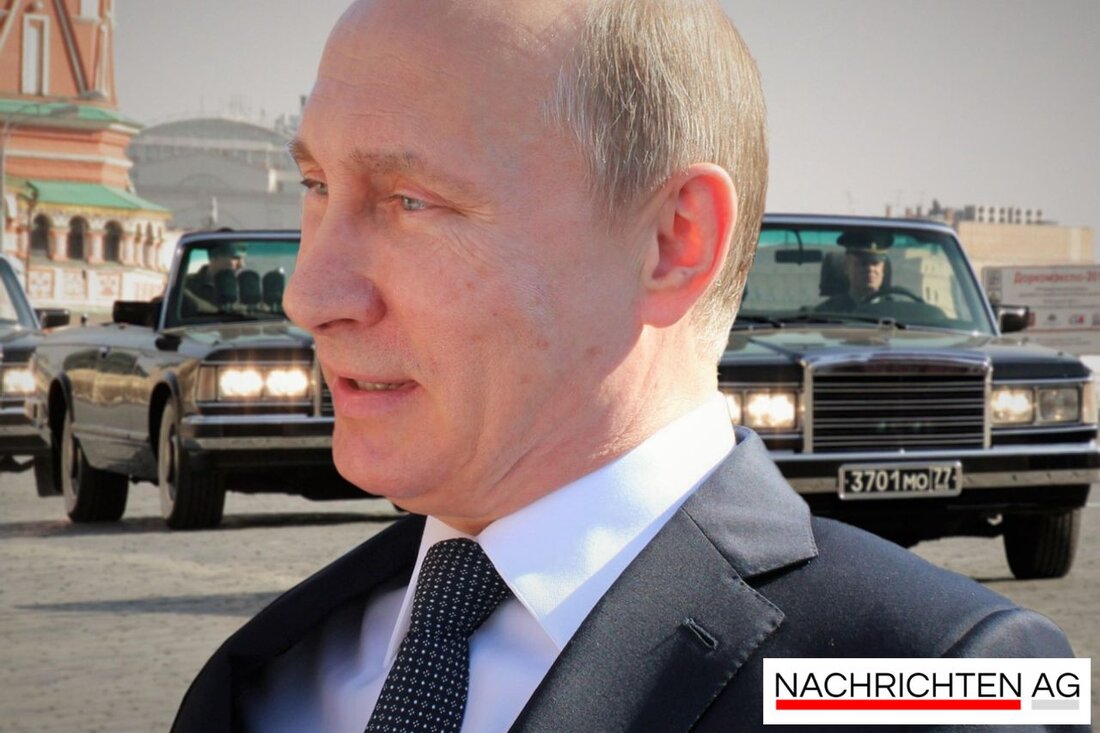Trump and Putin Meet in Anchorage: Hopes, Skepticism, and Tension
U.S. President Trump and Russia's Putin met in Anchorage, Alaska, discussing Ukraine amid tense relations and upcoming elections.

Trump and Putin Meet in Anchorage: Hopes, Skepticism, and Tension
In a notable meeting that has stirred considerable attention, US President Donald Trump met with Russian President Vladimir Putin in Anchorage, Alaska on August 15, 2025, at 3:30 pm ET (11:30 am local time). According to Times of India, Trump’s objective for the summit was primarily to engage in dialogue with Putin rather than to secure an immediate peace agreement regarding Ukraine. This somewhat cautious approach has led to skepticism among various Ukrainian military officials, who believe no real progress will come from the discussions and continue to accuse Russia of bad faith in the ongoing conflict.
The backdrop to this meeting is significant. Prior to joining Trump, Putin conversed with Belarusian President Alexander Lukashenko, a strong ally of the Russian leader. While Ukraine’s President Volodymyr Zelensky was absent from the meeting, he conveyed that Ukraine is heavily reliant on support from the United States, underscoring the fragile state of affairs in the region. Ukrainian commanders have reported continuous heavy losses during the war, asserting that Putin has shown no willingness to compromise on critical issues.
Meeting Logistics and Context
The choice of Anchorage as the meeting venue was not without its complications. The busy tourist season left limited options, and ultimately, Joint Base Elmendorf-Richardson was selected, despite some concerns regarding the optics of a US military base playing host to such high-stakes talks. Despite his well-known tendency to arrive late, the Kremlin confirmed that Putin would make his appearance on time.
Adding to the scrutiny of the meeting, the US currently lacks a confirmed ambassador to Russia following Lynne Tracy’s departure. This situation is compounded by a shortage of experienced diplomatic staff in European affairs. Critics have expressed concerns that such an absence may weaken US strategy in negotiations. Kyiv is similarly in a bind, lacking a confirmed US envoy since Bridget Brink left.
A Look at Polling and the Political Landscape
In a wider political context, Trump’s prospects for the upcoming 2024 elections look quite favorable. As reported by Townhall, Trump has a nearly 70% chance of repeating his success at the polls, with current data showing 68.4% support for him compared to 30.9% for Kamala Harris. It’s worth noting that Biden’s victory in Pennsylvania during the 2020 election was by a mere 80,000 votes, illustrating how competitive the landscape is. Interestingly, Trump only needed 46,000 additional votes to reclaim the presidency in that election.
With just 32 days remaining until Election Day, the clock is ticking for Harris and her supporters. Despite the backing of media and notable coverage in interviews and debates, she doesn’t seem to be gaining the necessary ground to challenge Trump’s stronghold, particularly in key Midwest areas. As voters prepare to make their voices heard, the dynamics shaped by Trump and Putin’s meeting could play a pivotal role in shaping the narrative around foreign affairs leading up to the election.
The Bigger Picture
The United States, classified as a megadiverse nation, plays a significant role in global politics. It is recognized as the world’s largest economy and ranks high in both land area and population. In addition to grappling with domestic challenges, the U.S. continues to navigate intricate international relationships, as seen in this meeting with Russia. As the home to over 340 million people and a melting pot of cultures, the U.S. experiences the effects of its foreign policy decisions on a highly populated and diverse populace.
The converging threads of diplomacy, politics, and public opinion set the stage for a pivotal moment not just for these two leaders, but also for the American public as they approach the upcoming election.

 Suche
Suche
 Mein Konto
Mein Konto